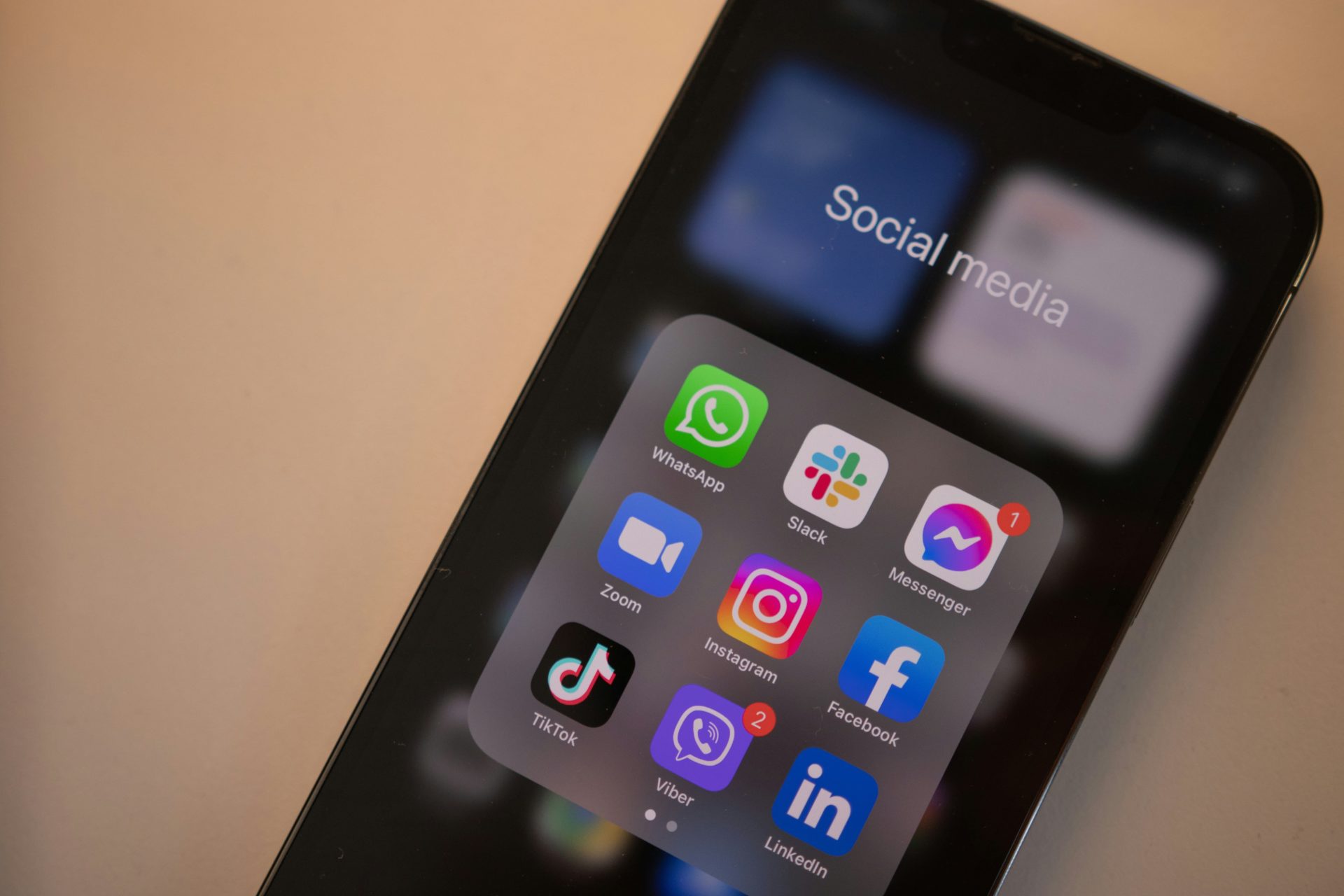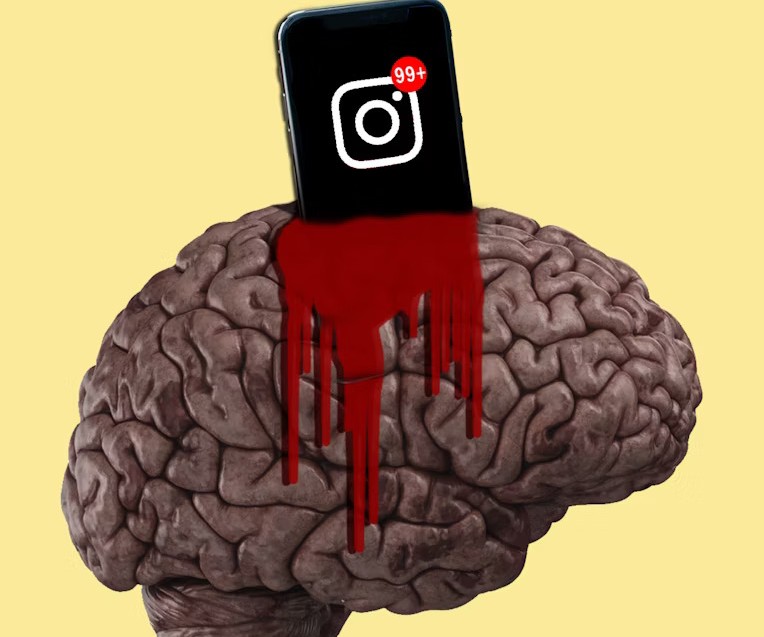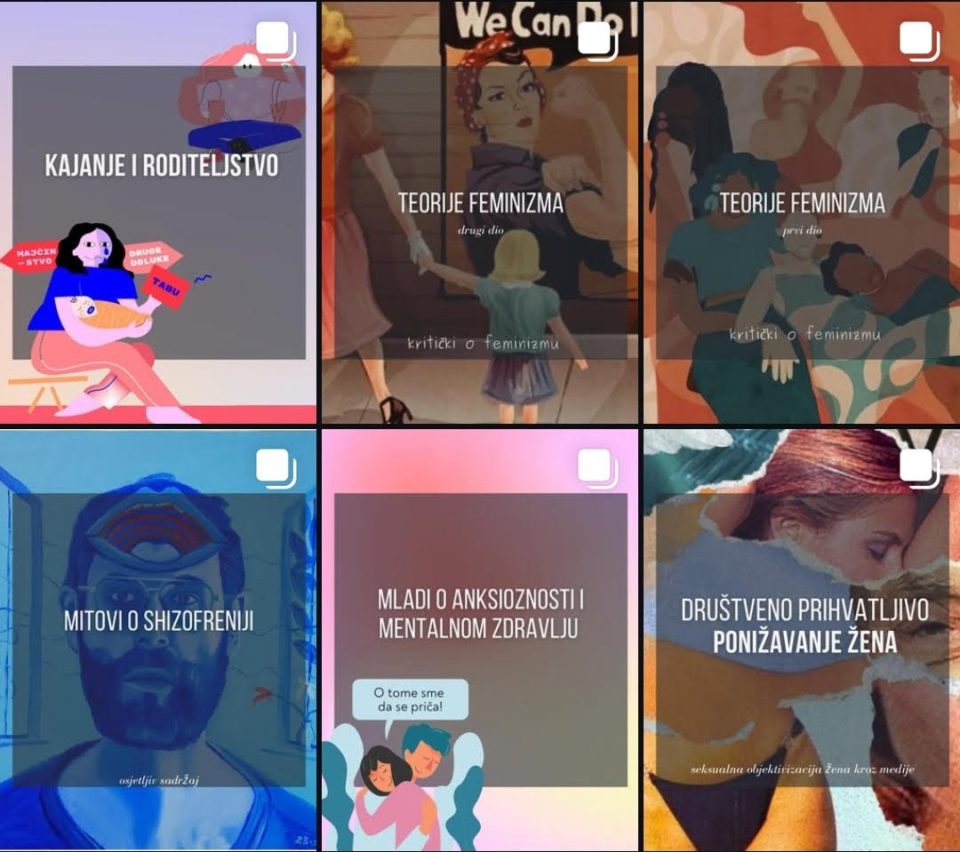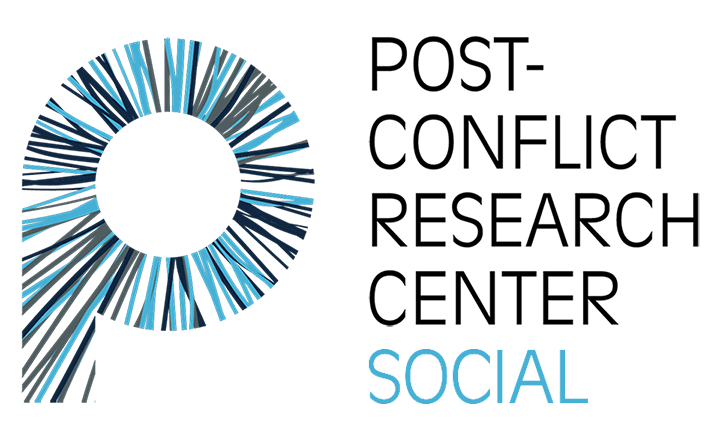
In the last decade, the term “influencer” has become a part of everyday speech.
In the digital context, it refers to people who, thanks to their many followers, shape opinions, lifestyles, and behaviors. The concept of influence isn’t new, as athletes, musicians, and public figures have always had power to sway the masses. However, with the rise of social media, this process has taken on a new form and an enormous scale. Today, there is almost no aspect of life where social media hasn’t left a mark, and influencers are becoming the opinion leaders of new generations growing up with TikTok, Instagram, and YouTube.
Bojan Dragišić, a marketing strategist and digital creator, explains that influencers have become one of the main sources of information and a model of behavior for young people in the region. “Their posts shape not only consumer habits, but also value attitudes – from how young people think about success and appearance, to their interests and even political attitudes. Therein lies both power and danger – influence can motivate education and a healthy life, but it can also cause harm when it’s misused,” Dragišić said.
Young people do not just identify with influencers as public figures; they perceive them as ordinary people who have achieved success thanks to their effort, charisma, or talent. This closeness, according to experts, builds trust that traditional media personalities often lack. For this reason, digital content creators have a growing responsibility.
“Negative” Influencing
Although influencing can be inspiring, it also carries serious risks. Dragišić warns of the emergence of “negative influencing,” which takes three main forms. The first is the creation of unrealistic standards of beauty and life, with perfect bodies, luxury travel, and expensive brands presented as the everyday norm. “Young people seeing this compare their lives with a fake image and develop feelings of dissatisfaction that can lead to anxiety and depression,” says Dragišević.
The second form encompasses dangerous viral trends and the promotion of products without accountability. Extreme diets, “miracle” weight loss solutions, and dangerous challenges popularized on social media can have serious consequences for young people’s physical and mental health.

The third form, he explained, is reflected in the normalization of superficial values: easy money, instant fame, life without effort. Such patterns undermine values like hard work, perseverance, and critical thinking, leaving young people in a vicious circle of dissatisfaction and passive consumption.
Ana Ivanov, a psychotherapist, further warns that too much time online can debilitate emotional development. “Social media often serves as an escape from real emotional experience. If parents don’t encourage emotional skills in children before adolescence, developing them later through virtual interaction is difficult,” Ivanov said.
Prolonged withdrawal into the digital world can have consequences such as reduced empathy or unrealistic expectations for interpersonal relationships.
Experts say that alongside influencers, the companies that sponsor them also play a huge role. “If a brand consciously chooses someone who spreads negative messages or controversial content, it bolsters these values,” emphasizes Dragišić. This sends a clear message that the number of views is more important than integrity, which directly undermines trust in the brand.
According to Dragišić, this is why serious companies today carry out detailed checks before sponsorship to assess an influencer’s reputation, post history, and values. This helps build long-term trust with audiences, as consumers appreciate consistency and transparency. The responsibility, then, is not solely on content creators. It also lies with the brands that choose who to sponsor, a decision that shapes their reputation as much as the quality of the products they offer.
According to Ivanov, young people also use social media to build their identity, and each platform offers a different framework. While Facebook is more oriented towards information and networking, TikTok operates through short, fun video clips, which produce different patterns of behavior and perception. “Social media is not a real space and inevitably has negative impacts, but the effects differ from platform to platform,” Ivanov said.

Despite the threats posed by social media, Ivanov also highlights a positive psychological impact – a sense of belonging. Young people who feel lonely or isolated often find solace in communities created by influencers. Recognizing their own problems in other people’s stories brings a sense of understanding and security. This, as Ivanov points out, is an effect that is often overlooked, and can be of great importance for mental health.
In addition to feelings of belonging, understanding, and safety, digital audiences also develop a sharpened “sense” for recognizing fake content. Dragišić states that if an influencer promotes a product that he has obviously never used, trust is instantly lost. Authenticity becomes the key to success, while imperfection, mistakes, and honest stories are the elements that create a real connection with audiences.
Nina Pavićević, journalist and creator of the feminist platform Kritički, agrees. Her content is driven by a personal desire to write about socially important topics. “The positive side is the community. I believe that this is the most valuable thing created in the digital sphere. The negative side is the pressure, attacks, and online violence. But every word has weight and that’s why the responsibility to the audience is huge,” said Pavićević.
She explains that it’s important to learn to distinguish verified information from manipulation and not to take what we read for granted, which is why it is crucial to verify sources. Pavićević reminds young people that they have the right to block, mute, or report threatening content – rights they often forget to use.
“Digital literacy gives young people the tools to be active rather than passive content consumers. This means that they know how to recognize sponsored posts, distinguish between opinions and facts, and draw a line between digital and real life,” said Dragišić.
The future of influencing in the region, she added, brings a clear division: the majority will remain in the domain of entertainment and lifestyle, while a smaller but stronger group will grow into opinion leaders on serious issues. “These influencers already have the opportunity to shape social debate and influence the world on matters like mental health, human rights, ecology, and education,” Dragišić observes.

Pavićević emphasizes that it is up to all of us to use social media in a way that fosters solidarity and change. “Our online behavior is a mirror of real life. If we use [social media] for learning, inspiration, and togetherness, it can be a powerful tool. But, if it becomes just a space for comparison and condemnation, then it exhausts us and distance us from each other,” reflects Pavićević.
Between Choice and Responsibility
Today, influencers shape the culture, values and everyday life of young people in a way that no previous generation has experienced. While their influence can stimulate growth and education, it can also lead to serious psychological and social problems. The responsibility is divided among influencers, companies, and institutions, as well as users themselves.
Digital literacy and critical thinking are the main shields against these negative consequences. Authenticity is becoming a currency of trust, and our choice of who to follow and what content to consume shapes not only our worldview but society as a whole. Pavićević says: “It’s up to us to learn to use social media for solidarity and change.”






